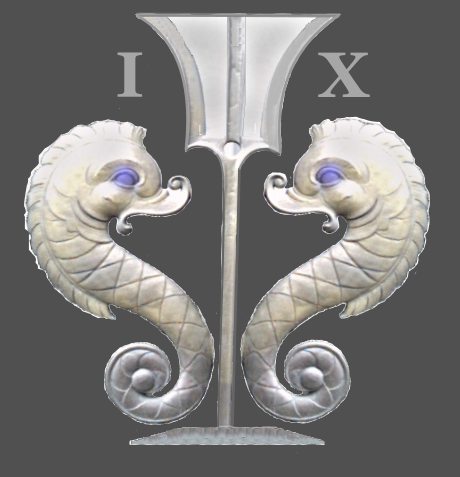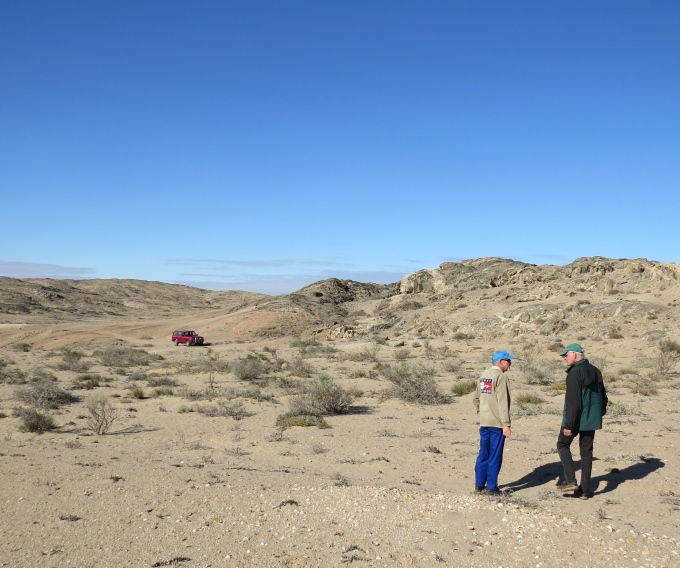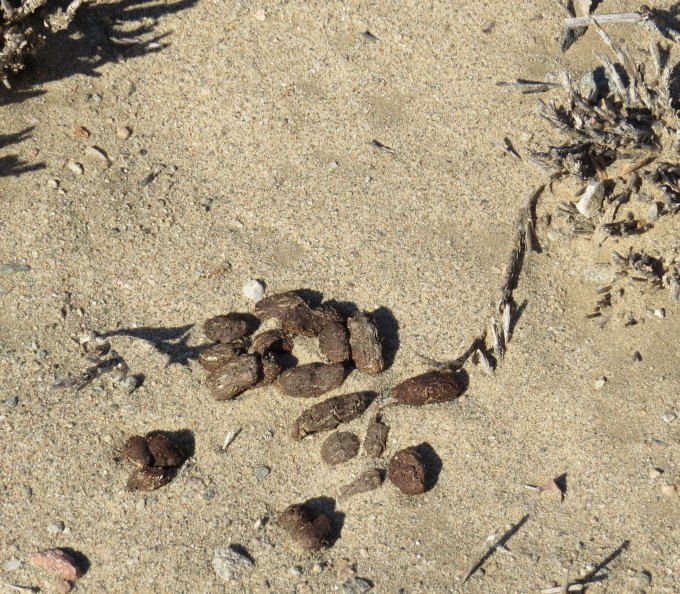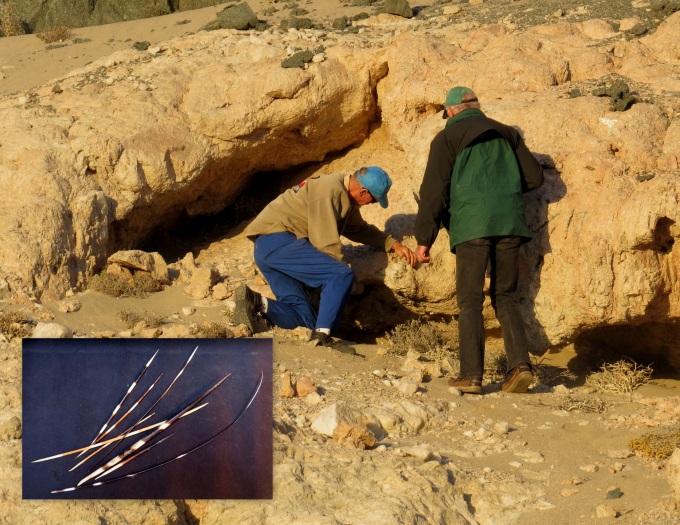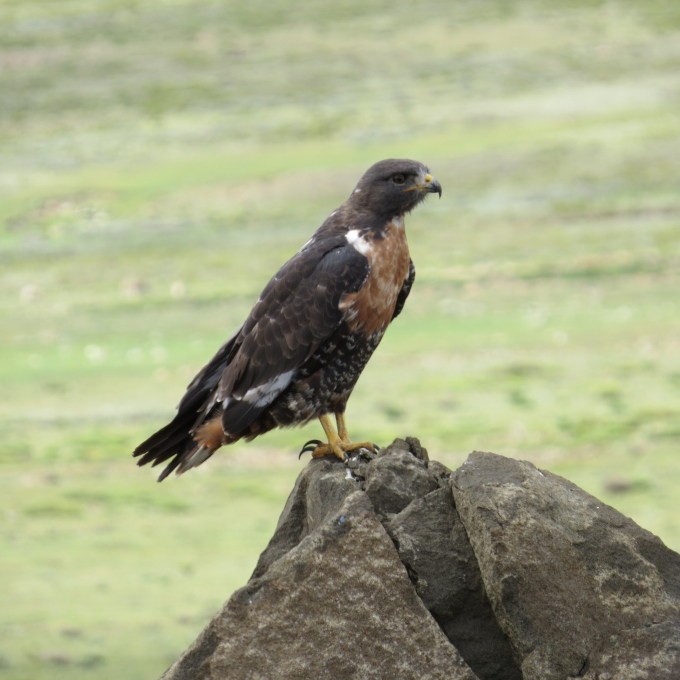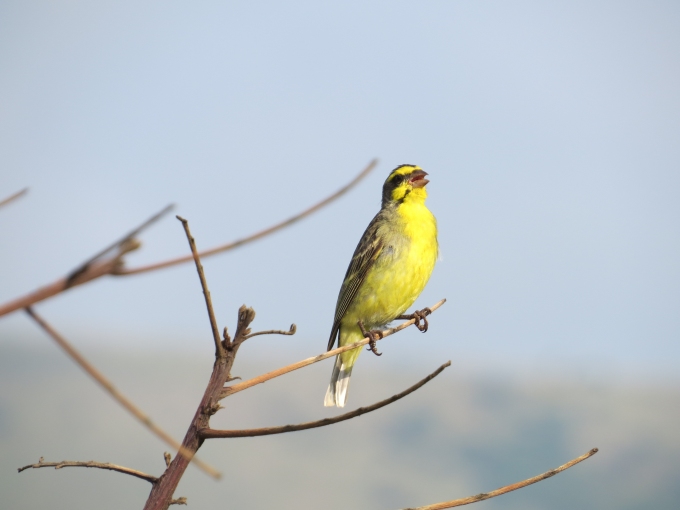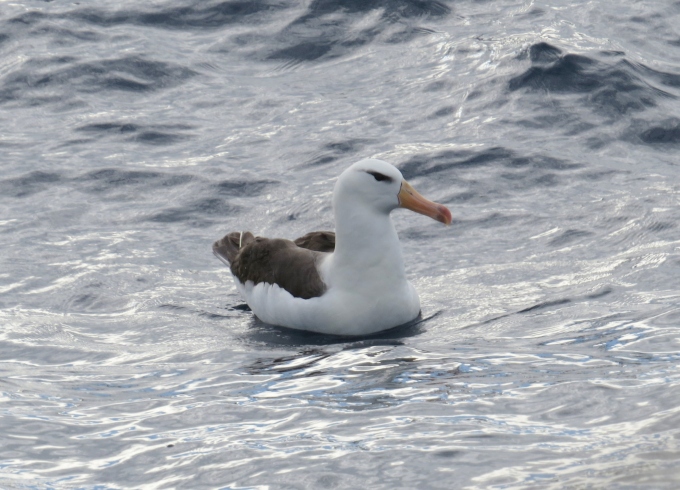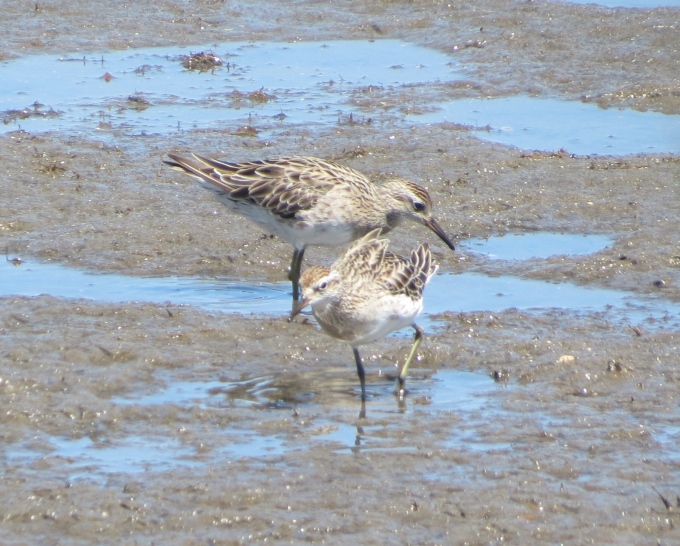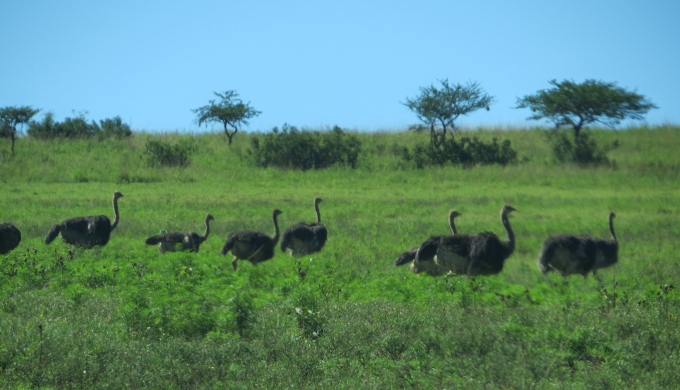Lessons in Nature - Lüderitz Peninsula
/Geology, flora, fauna and scat
One thing about exploring an area with knowledgeable locals, you don't miss much. Between Ian and Doris, we had short lessons on local flora, fauna, animal tracks and scat, geology, topography, climate, weather, desert life and the list goes on. It was outstanding. The entire Lüderitz peninsula is criss-crossed with 4x4 roads marked with rock cairns and Ian's Jeep took the gravel and rocks and the steep inclines and descents with ease. Ian would stop in a seemingly barren area for no apparent reason. We'd get out and we'd find the most amazing things.
As we crested hills, the views of the lagoon and bays below were stupendous.
He'd point out tracks in the sand … hyena, porcupine, springbok, a snake. Soon we'd see scat … porcupine, spring hare, springbok. I know, I know. I forget to take pictures of us eating crayfish, but I manage photos of animal scat. Go figure. Porcupine scat looks like dates, we were told. Hmm … I'm sure that piece of information will stick in my mind when other more important info will soon be forgotten. This isn't the first picture of scat I've provided though … remember that square wombat poo back in Tasmania? Anyhow, porcupine are nocturnal so we didn't see any, but you can view them at the Namibia Travel link which also includes a National Geographic video of porcupine vs. lion.
We followed the porcupine tracks and scat to a rocky outcrop with small caves that looked to be in recent use. Doris pointed out porcupine quills along the path, which we gathered with the same enthusiasm as we'd had gathering shells … and rocks and ... (Who knows when I'll need a quill?)
Ian filled us in on the geology of the place. There's amphibolite, a metamorphic rock and lots of quartz and iron in some places, sandstone in others. We saw feldspar and mica and other combinations of silica-dioxide. David liked the mica. It's used as an insulator for electronic components. He now keeps the piece he collected in his electronics drawer with his other electronic treasures.
Midst all the rocks and parched, barren land, a touch of color caught my eye, a yellow ragwort blossom ... noxious weed, but color nonetheless, and hardy enough to exist in this harsh environment.
Then a splotch of bright pink flowers appeared on the roadside and this native plant had a story. It was Bushman's Candle, Doris informed us. The dried thick, thorny stems, about the size of a skinny cigar, were picked by the native San and used as an insect repellent. Doris lit one and smelling the thick smoke evoked childhood memories of frankincense and myrrh incense burned in my church at Mass. Another plant, Babies Thumbs, was used by the San also. When in dire need of something to drink, its bitter juice provided enough liquid to sustain life. It was also a laxative … gotta watch out for that.
A tok-tokkie beetle swiftly wended its way through the sand hiding in the shadow of a rock. They get their generic name from the tok-tok-tok sound they make when attracting a mate. There are hundreds of species of this beetle that have adapted well to desert life in the Namib like the fogstand beetle we saw the other day at Kolmanskoppe.
In the bird department, we saw greater flamingos and lesser flamingos, African black oystercatchers, gulls and cormorants, weavers, a shrike, Hottentot teals and a startled bustard that took flight as we came around a corner. No pictures of the good ones … sigh! They were all too far away and shooting from a moving Jeep over a rough road is not ideal. Doris did pick up a shark egg case aka mermaids purse, while we were walking along the beach and I had to admit, though I'd seen one before, I didn't know what it was until she told me. I think it might be from an elephant shark, but I'm no expert.
All in all, the best kind of day … fun, informative and spent with new friends.
What's next? We never really know until it happens, but I'm sure it'll be something wonderful.
